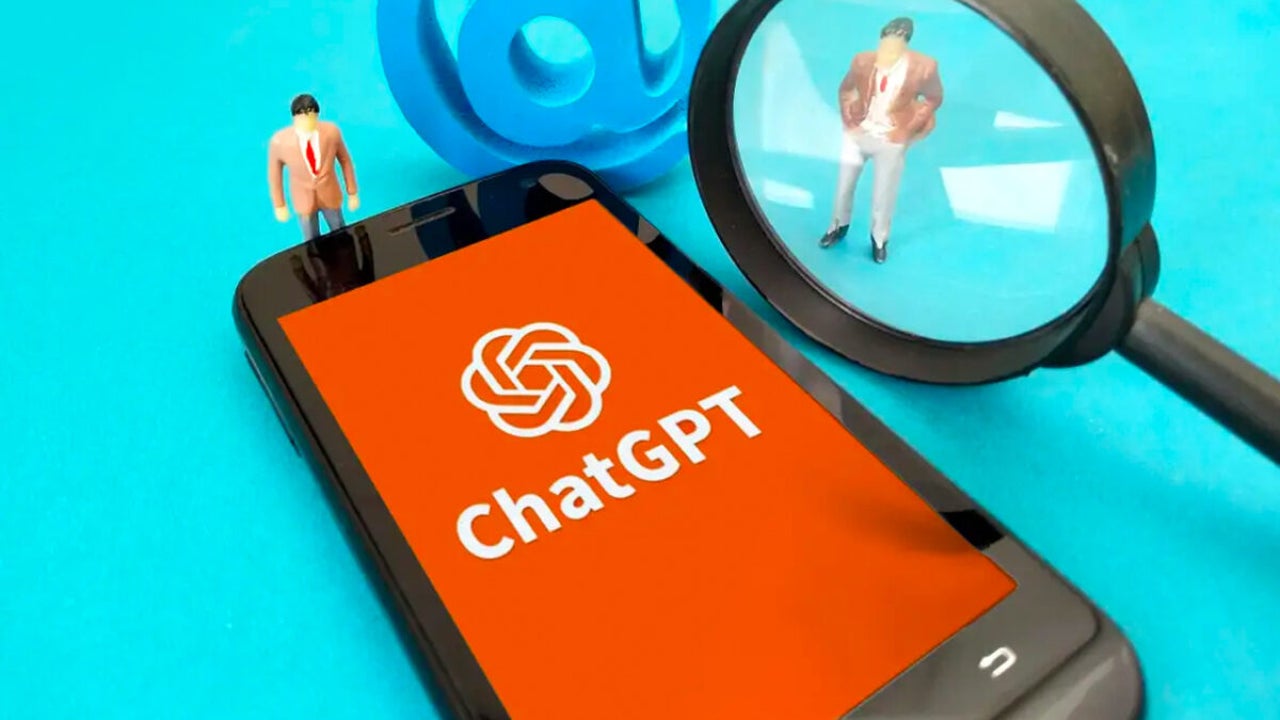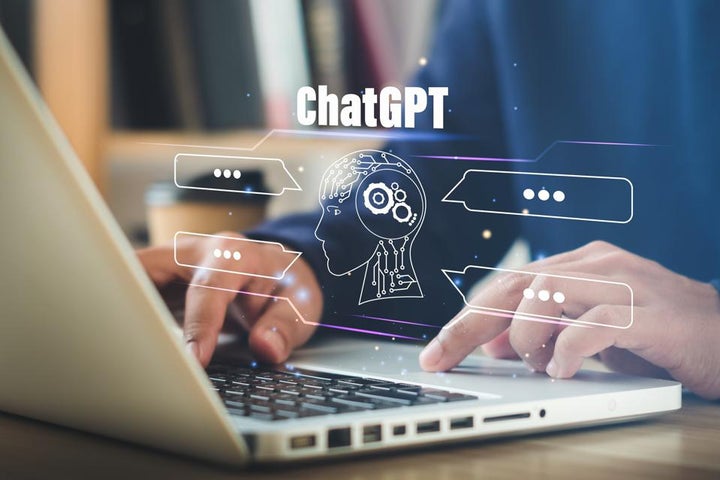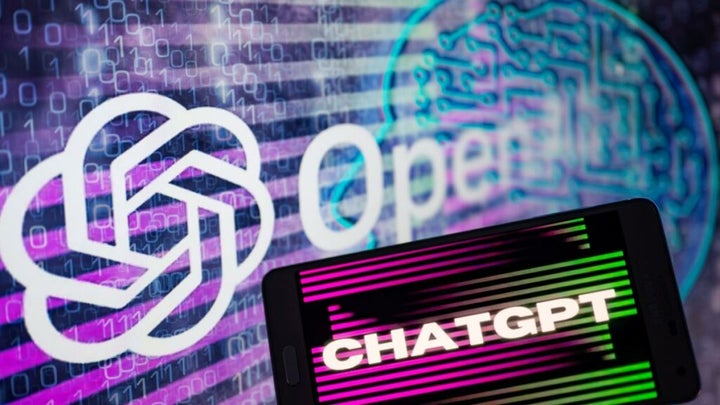News
We have tested the OpenAI detector for texts generated by ChatGPT: these are its results
Despite its poor reviews, the results are encouraging

- February 3, 2023
- Updated: July 2, 2025 at 3:04 AM

In the midst of the boom of ChatGPT, the chatbot created by OpenAI that keeps growing at a dizzying pace with new uses, a controversy related to its use has started. The problem comes from the fact that many students are using this technology to do homework, cheat on exams or facilitate their homework. This is causing despair among teachers, as there is no real way to discern between real content and ChatGPT copied content.
But OpenAI is not willing to let the fame of its application go down because of this phenomenon, so it has put its foot down. According to the company’s announcement, it has created a tool with which to discern whether a text is created by Artificial Intelligence or is original. This will work mainly on ChatGPT texts, but will also be applicable to other chatbots.
Sam Altman, the CEO of OpenAI, believes that this tool can be a breakthrough for teachers. Instead of stepping aside or not engaging with the issue, he has decided to help teachers and launch this new application.
As they explain, the system is still in its infancy, but it will improve over the months. Currently, in the app’s native language (English), the new tool identifies 26% of all texts generated by AI. And, so far, it is wrong in 9% of the cases when it comes to original human text.
To test it, just go to this link, paste the text you want to check and click on the “Submit” button. As we said, it is only available in English, but it will be available in other languages (including Spanish) in the near future.
As the tool is not yet infallible, the results that appear are “very unlikely”, “unlikely”, “unclear” or “possible” when reporting whether the text has been generated by AI. In addition, it needs a minimum of 1,000 words to become operational, so for short texts it is not yet possible to test it.

How does the OpenAI text detector work?
To put this text detector to work, OpenAI has used the same processes they use for any Artificial Intelligence update. Basically, they have carried out a first manual training and then they have continued testing more and more texts for the tool to “train”.
The sources of the generated texts have been three different: Wikipedia, WebText and InstructGPT. Thus, it has several ways to analyze the texts. As we say, it is still early to have great results, but everything in AI is advancing very fast, so we are sure that it will soon be able to be used with certainty.

We have tested the detector and…
To see if it works correctly or, as it seems, still has a long way to go, we have tested this technology. We have used three texts to see if it detects them as original or not. These texts are as follows:
- A text generated in ChatGPT about the history of Apple.
The results have been quite enlightening. About the Softonic article, he said the following:

That is, it is very unlikely to have been generated by Artificial Intelligence. Ok, you’ve done well on this first test (even if you didn’t take much care in your answer).
About the Wikipedia article on Isaac Newton, the same answer has been repeated:

Perfect. At least it detects when an article has not been generated by AI, but what happens when it has?

On this occasion, it does detect that it has been generated with AI, although it only clarifies it as “possible”.
Thus, although it is still a very primitive tool, it is clear that it works. So it is only a matter of time before it is optimized and achieves better results.
Cultural journalist specialized in film, series, comics, video games, and everything your parents tried to keep you away from during your childhood. Also an aspiring film director, screenwriter, and professional troublemaker.
Latest from Juan Carlos Saloz
- Image Trace: the Adobe Illustrator feature that converts any sketch into a fully functional vector
- Adobe MAX presents the biggest updates of Firefly: the future of creativity with AI
- The AI in Premiere Pro takes creativity further than ever before
- Adobe leads the AI revolution in design and editing: 5 amazing new features that will make your life easier
You may also like
 News
NewsThe most interesting indie of the year puts us in the shoes of a crystal demon who skateboards
Read more
 News
NewsAccording to the author of Percy Jackson, the series is more faithful to his books than the movies
Read more
 News
NewsMike Tyson took almost 30 years to discover that an iconic video game character was inspired by him
Read more
 News
NewsWarner Bros. is strongly opposed to Paramount's hostile takeover bid
Read more
 News
NewsCon 26 años a sus espaldas, esta franquicia de juegos de estrategia y RPG anuncia la fecha de lanzamiento de su nueva entrega
Read more
 News
NewsWhat is Fantastic Frontiers? The new trend that Adobe Firefly helps you create effortlessly
Read more